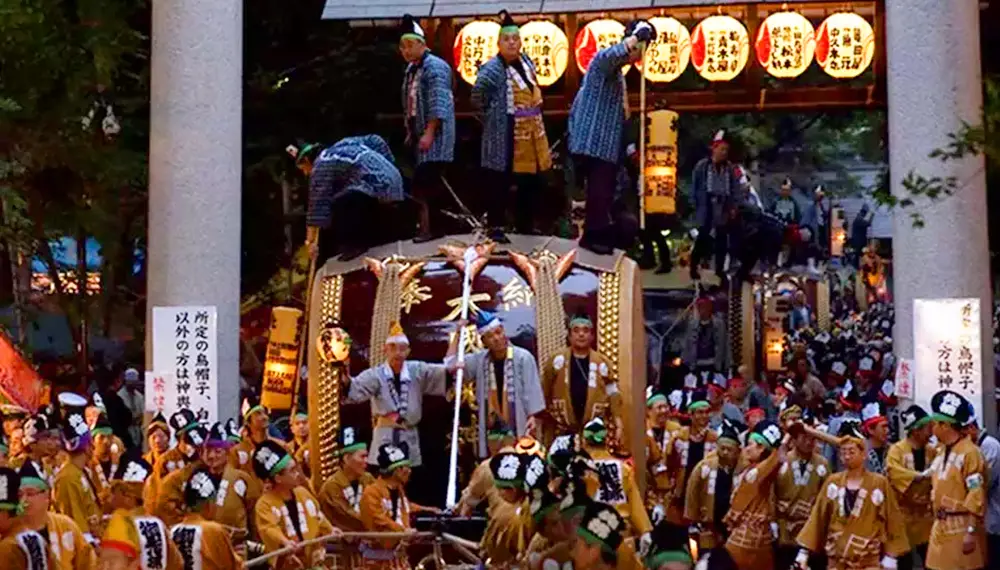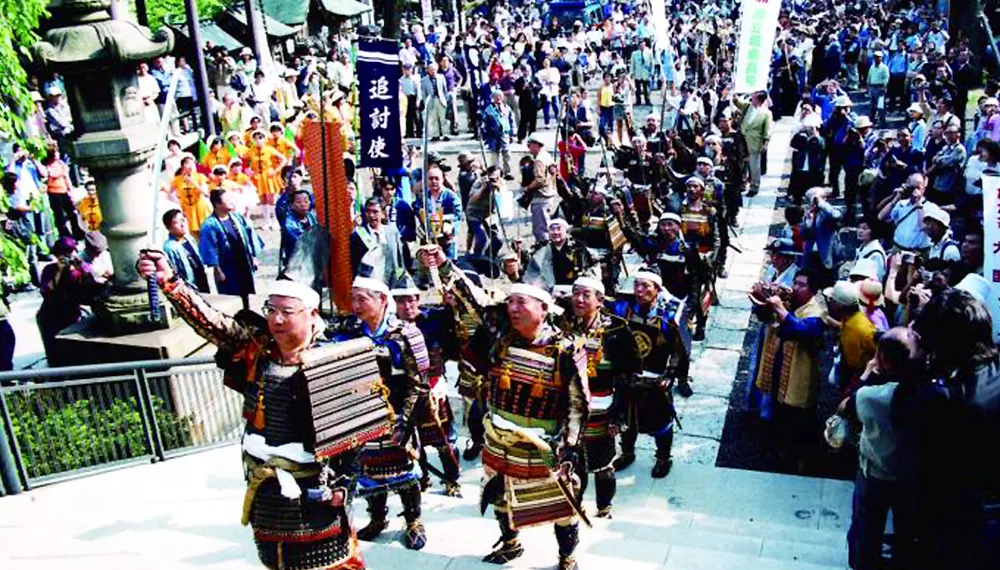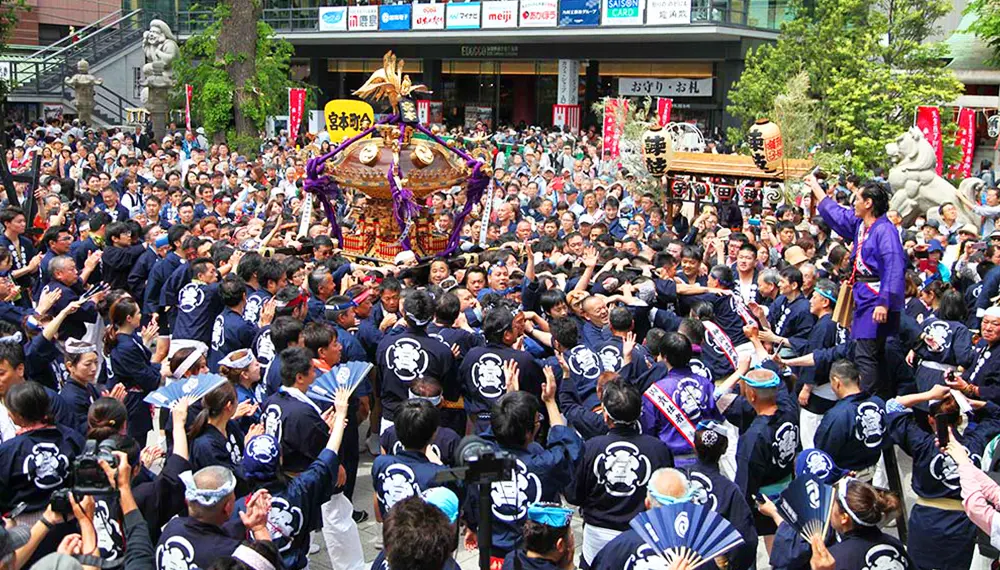
- Share this page
Share this page
- EN
Select Language
- FAVORITES
- Search
Detailed search: You can do a detailed search by keyword, genre, time, area and tag.
Main content starts here.
- Visit Tokyo |
- CALENDAR |
- Best Things to Do and See in Tokyo in May
Updated: October 17, 2025
Best Things to Do and See in Tokyo in May
Is May a good time to visit Tokyo?
The beginning of May is marked by Golden Week, one of the major holiday periods in Japan. May is a month full of activity. The weather and temperature are pleasant; gardens and parks are full of spring leaves, making it perfect for sightseeing and strolling. It is also a great time to experience festivals, including events rich in traditional values.
What is the weather like in Tokyo in May?
The average temperature is around 20.0°C (68.0°F), with highs of 24.8°C (76.6°F) and lows of 15.6°C (60.1°F). The refreshing spring weather of May is perfect for denim and short sleeves. It's a good idea to also carry a light coat in case it gets a little chilly at night.
Best events, festivals, and other things to do in May
Kurayami Matsuri (Darkness Festival)
This festival is held at Okunitama-jinja Shrine. It is called the "Darkness Festival" because the procession of mikoshi (portable shrines) takes place at night. Kurayami Matsuri takes place between April 30 and May 6. Note however that the rituals held between April 30 and May 2 are not open to the public. From May 3 on, there are exciting events held every evening, and many stalls draw a big crowd. The climactic mikoshi procession is a sight to behold.

Koinobori Festival (Carp Streamer Festival for Children's Day)
In Japan, May 5 is celebrated as Children's Day. It's a tradition to decorate your garden with koinobori (carp-shaped streamers) as a way of praying for the healthy growth of your children. 333 koinobori are displayed at Tokyo Tower, which is 333 m tall. At TOKYO SKYTREE TOWN, you can see over 1,000 koinobori swimming in the breeze.

©TOKYO TOWER
Kachiya Matsuri (Kachiya Festival)
Kachiya Matsuri commemorates an event that took place nearly 1,100 years ago, when Taira no Masakado took arms against the imperial court. After praying for good fortune at Katori-jinja Shrine, Fujiwara no Hidesato (a court bureaucrat) succeeded in suppressing the revolt. He then gifted a bow and arrow to the shrine as a token of gratitude and named the arrow "kachiya" or "winning arrow," the origin of the festival. As part of the kachiya dedication ritual—performed on May 5—you can enjoy an impressive procession of samurai parading through the streets to Katori-jinja Shrine.

Kanda-matsuri Festival
Kanda Myojin Shrine's Kanda-matsuri Festival is considered one of the three great festivals of Edo (as Tokyo was once called). Its roots can be traced back to the 8th century. The "Honmatsuri," or main festival, is held every other year in odd-numbered years. A scaled-down "Kagematsuri" is held in even-numbered years. However, the Kagematsuri is purely ceremonial and closed to the public. The Honmatsuri features impressive processions of portable shrines through the streets of central Tokyo. It's a special event that can only be experienced once every two years.

Jindai Botanical Gardens Spring Rose Festival
The Jindai Botanical Gardens are home to Tokyo's largest rose garden. It has around 5,200 rosebushes of 400 varieties. The best time to see them is during the Spring Rose Festival, which features many events. You can relax in the spring sunlight and take in the vibrant roses.

Sanja Matsuri (Sanja Festival)
The three-day Sanja Matsuri in mid-May honors the three men involved in founding the famous Sensoji Temple in Asakusa. It's an exciting, highly popular local event. You can experience the spirit of this charming shitamachi (downtown) area, with its old traditional buildings.

Adachi Fireworks Festival
This is one of the largest-scale firework displays in Tokyo. Unlike past years, the 2025 event will be held in May. This year marks 400 years since the founding of the Senjujuku post town, and to celebrate, 1,010 (pronounced "Senju" in Japanese) fireworks will be launched, in addition to the regular total of 13,000. This means that a total of 14,010 fireworks will be launched this year.

2023 Adachi City Street Photo Contest Submitted by Reio
Tokyo Port Festival (Minato Matsuri)
The Port of Tokyo was opened to international trade on May 20, 1941. Each year, the Tokyo Port Festival is held in honor of the occasion. Numerous organizations associated with the port host a variety of events, such as tours and rides on specialized ships.












